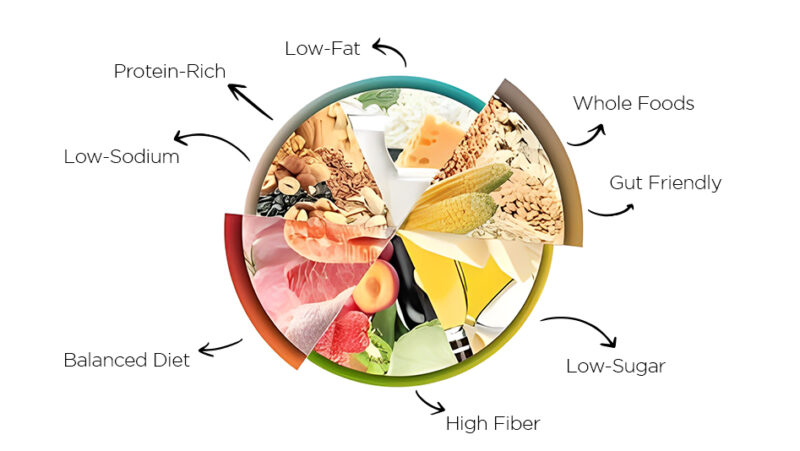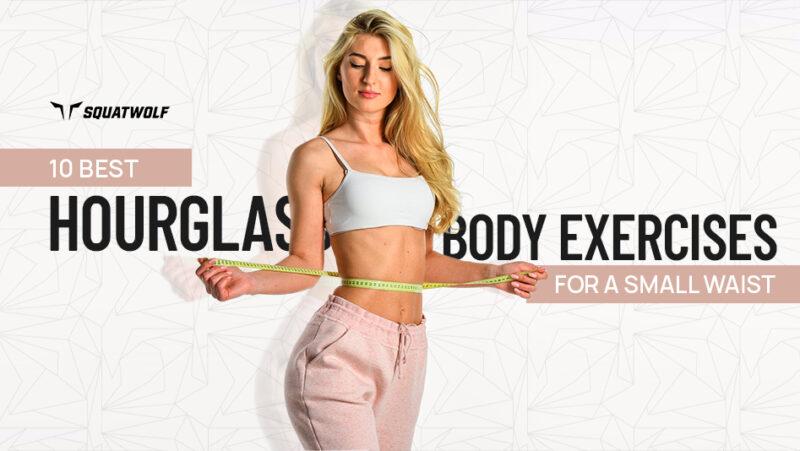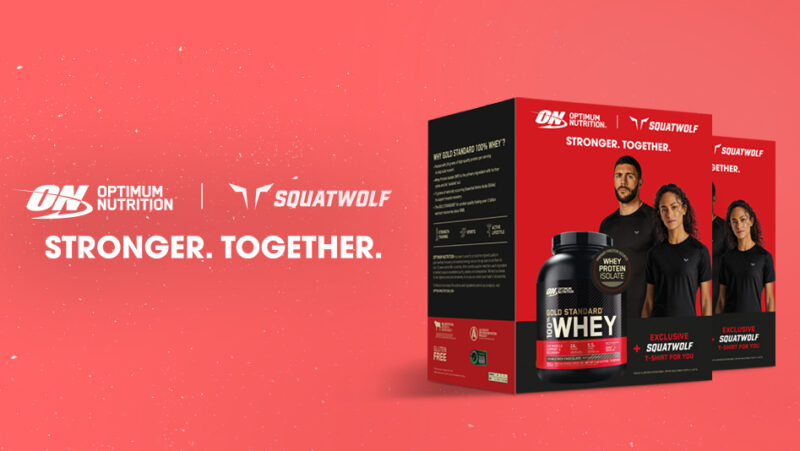A diet designed to control hypertension, the DASH Diet stands for Dietary Approaches to Stop Hypertension. Recommended by doctors around the world and created by the National Heart, Lung, and Blood Institute, this diet is for people who have high blood pressure, risk of heart diseases or strokes, and people who want to manage their weight.
If you’re on the DASH diet, try these 5 low sodium meals!
What Is the DASH Diet | Principles of The DASH Diet | DASH Diet & Alcohol | Benefits | Foods to Eat | 7-Day DASH Diet Routine | Key Takeaways | FAQs
What Is the DASH Diet?
The Dietary Approaches to Stop Hypertension (DASH) Diet is a way of incorporating healthy and balanced eating habits into your routine. Less of a ‘diet’ and more of a lifestyle reinvention, this diet encourages you to eat high-protein, low-sodium and low-fat foods. This makes it perfect for people who struggle with maintaining their blood pressure levels and keeping a healthy heart. In addition, this diet is highly recommended for people who want to maintain their weight and overall fitness.
Try these 3 vegan salads to keep your blood sugar and sodium levels under control!
The Founding Pillars of The Dash Diet

The core principles of this diet are:
It Is Highly Nutritious and Low in Sodium
The more sodium you consume, the more fluid you’ll retain in your bloods. This is terrible for your health as fluid adds pressure to the walls in your arteries. In addition, your heart has to work overtime since higher sodium in the blood means higher blood pressure. This exerts unnecessary pressure on your heart, comprising its health in the long run.
- The DASH diet focuses on micronutrients such as potassium, magnesium found in veggies and fruits.
- It minimizes the use of sodium, making it a great dietary plan for people with high blood pressure issues.
- Typically, for those maintaining their sodium levels, they should take around 2,300 milligrams while for an even lower sodium option, you should take around 1,500 milligrams of sodium.
Improve your digestion with these 5 gut health hacks.
It Promotes Integrating Whole Foods
Along with reducing sodium, which is responsible for ramping up your blood pressure levels, the DASH diet encourages consuming minerals like magnesium and potassium. Potassium helps your body get rid of sodium through your urine, retaining just the right amount of sodium.
Fruits & Veggies
- This diet encourages you to eat fruits and veggies that are high in Vitamin C, Vitamin A and potassium such as oranges, kiwi, grapefruit, bell peppers, carrots, sweet potatoes, spinach and bananas.
- It also encourages you to consume fiber through leafy greens, berries and apples so you feel full and improve your digestion.
Whole Grains
- The DASH diet focuses on complex carbs you can get through whole wheat bread, brown rice, etc.
- It also incorporates foods with B-vitamins to help improve your metabolism. This is typically found in oatmeal and whole grains.
Lean Proteins
- This diet helps you consume some of the most essential amino acids you get from beans, poultry, fish, and other lean meats.
- In addition, you also consume Omega-3 fatty acids found in salmon.
Low-Fat Dairy
- Since the DASH diet focuses on healthy micronutrients, taking calcium in a healthy amount is important and is found in low-fat yogurt and milk.
- It also encourages you to consume more protein through lentils and lean meats.
Eat well and stay full with these 5 baked oats recipes.
It Limits on Certain Fats and Sugars
- In this diet, you’re encouraged to avoid fats saturated fats you get from full-fat dairy such as cheese, butter and meats. Instead, you should go for monosaturated fats such as nuts, avocados and olive oil.
- You’re also restricted from consuming trans fats that are typically found in bakery goodies, snacks, cookies and juices. Instead, opt for polyunsaturated fats containing omega-3 in walnuts, salmon, flaxseeds, etc.
- You’re also discouraged from eating sugary treats such as cookies, candies, cakes, or sodas and packed fruit drinks. Instead, eat nutritious fruits that have minerals, fibers, vitamins, etc.
- You also need to avoid granola bars, flavored yogurts, cereals, etc. Go for Greek yogurt with chopped or blended fruits, overnight oats, or low-fat dairy smoothies with fruits.
It Promotes Balanced Eating Habits & Moderation
- What makes the DASH diet so great is that it allows variety in your diet where you’re consuming a range of fruits, whole grains, lean proteins, low-fat dairy, etc.
- This diet allows you to control your portions, helping you control your serving sizes so you’re not eating in excess and actually managing your weight. This is highly recommended for people who are prone to weight gains or suffer from obesity.
- Because you consume a balanced diet, you hit your macro and micronutrient targets, which ensures you’re satiated, energized and healthy throughout.
Struggle with bloating? Check out these 3 tips to reduce bloating!
It Implements a Lifestyle Good for Your Heart Health
- The DASH diet stands out because its not just limited to your eating habits – it actually is a complete lifestyle change, helping you adopt habits that are good for you in the long run. These include:
- Staying active and working out such as walking, swimming, cycling, biking, strength training and doing dynamic stretches.
- Managing your weight to reduce the risk of high cholesterol, diabetes, hypertension and heart diseases.
- Regulating your stress levels through deep breathing, Yoga or Pilates and meditation so you’re more relaxed and have a smooth blood flow.
Add these 5 anti-inflammatory foods to your diet so you’re on track with the DASH diet!
DASH Diet & Alcohol
The DASH diet restricts certain sugar beverages and sodas – along with the main culprit i.e. alcohol. Since alcohol causes a hike in your blood pressure levels, it is advised to not drink. However, you can still consume alcohol in moderation.
For men, it is ideal to have 2-3, low alcohol drinks and for women, even lesser.
What Are the Benefits of A DASH Diet?
The DASH diet isn’t just a revamp of your eating habits – it completely switches up the way you live, function and operate. It brings you all the way from junk foods and sedentary lifestyle to a much more active lifestyle full of healthy delicacies.
However, the benefits of the DASH diet are much farther ranging. They include:
- It regulates your blood press with sodium management, lowering the possibility of cardiovascular diseases.
- If you’re already someone that works out and is active, then the DASH diet will help you maintain your weight. Whereas, if you’re on the higher scale of the weight measurement device, then studies suggest combining the DASH diet with cardio and strength training will help you lose weight.
- Because of it’s conscious pick of nutritious foods, this diet also reduces the chances of cancer.
- The DASH diet also cuts down the chances of metabolic syndrome, along with preventing Type 2 diabetes and even reducing the possibility of cardiovascular diseases and strokes.
On the contrary, if your fitness goal is to bulk up, then eat like a legend with the Viking Diet.
Foods To Eat on the DASH Diet
Whole Grains: 6–8 Servings per Day
- Examples: Whole wheat pasta, barley, farro, whole wheat tortillas.
- Estimated Portion Size: 1 whole wheat tortilla, 1/2 cup cooked barley or farro, 1 slice of whole wheat bread.
Vegetables: 4–5 Servings per Day
- Examples: Bell peppers, zucchini, tomatoes, cucumbers, leafy greens like romaine lettuce, arugula.
- Estimated Portion Size: 1 cup raw leafy greens, 1/2 cup chopped raw or cooked non-leafy vegetables.
Fruits: 4–5 Servings per Day
- Examples: Bananas, apples, grapes, oranges, berries (strawberries, blueberries).
- Estimated Portion Size: 1 medium banana, 1 small apple, 1 cup grapes.
Dairy Products (Low-Fat): 2–3 Servings per Day
- Examples: Skim or 1% milk, low-fat Greek yogurt, low-fat cheese.
- Estimated Portion Size: 1 cup milk or yogurt, 1.5 ounces cheese.
Lean Protein: 6 or Fewer Servings per Day
- Meat and Poultry: Go for skinless white meats or lean red meat.
- Fish: Salmon, trout, haddock.
- Plant-Based: Tofu, tempeh.
- Estimated Portion Size: 1-ounce cooked meat or fish, 1 egg.
Nuts, Seeds, and Legumes: 4–5 Servings per Week
- Examples: Almonds, walnuts, chia seeds, black beans, lentils.
- Estimated Portion Size: 1/3 cup nuts, 2 tbsp seeds, 1/2 cup cooked legumes.
Fats and Oils: 2–3 Servings per Day
- Examples: Olive oil, avocado oil, light salad dressings.
- Estimated Portion Size: 1 tsp oil or butter, 1 tbsp salad dressing.
Limited Sweets and Added Sugars: 5 or Fewer Servings per Week
- Examples: Natural sweeteners like honey or maple syrup in moderation, dark chocolate.
- Estimated Portion Size: 1 tsp honey, a small square of dark chocolate.
If you’re on the DASH diet and are craving something sugary, try these 4 low fat desserts!
Your 7-Day DASH Diet Routine – Sample Menu
| Day | Breakfast | Lunch | Snack | Dinner |
|---|---|---|---|---|
| 1 | Oatmeal with skim milk and blueberries
(Fiber, Vitamin C, Calcium) |
Grilled chicken salad with mixed greens and vinaigrette
(Protein, Vitamins A and C, Healthy Fats) |
Apple and a handful of almonds
(Fiber, Vitamin E, Healthy Fats) |
Baked salmon, steamed broccoli, and brown rice
(Omega-3, Protein, Fiber, Vitamins B and D) |
| 2 | Whole grain toast with avocado
(Fiber, Healthy Fats, Vitamin E) |
Turkey and cheese sandwich on whole grain bread with lettuce and tomato
(Protein, Calcium, Fiber) |
Low-fat yogurt with a sprinkle of nuts
(Calcium, Protein, Healthy Fats) |
Stir-fried tofu with mixed vegetables over quinoa
(Protein, Iron, Fiber, Vitamins A and C) |
| 3 | Greek yogurt with honey and sliced banana
(Protein, Potassium, Calcium) |
Quinoa salad with chickpeas, cucumbers, and tomatoes
(Fiber, Protein, Vitamins B and C) |
Orange slices and a handful of walnuts
(Vitamin C, Omega-3, Fiber) |
Grilled tilapia, asparagus, and sweet potato
(Protein, Fiber, Vitamins A, C, and E) |
| 4 | Scrambled eggs with spinach and whole-grain toast
(Protein, Iron, Fiber) |
Lentil soup with a side of mixed greens salad
(Protein, Fiber, Iron) |
Cottage cheese with pineapple chunks
(Protein, Vitamin C, Calcium) |
Chicken stir-fry with bell peppers and brown rice
(Protein, Vitamin C, Fiber) |
| 5 | Smoothie with spinach, banana, and almond milk
(Vitamins A and C, Calcium, Potassium) |
Tuna salad sandwich on whole grain bread with lettuce
(Protein, Omega-3, Fiber) |
Carrot sticks and hummus
(Fiber, Protein, Healthy Fats) |
Beef stew with potatoes and carrots
(Protein, Fiber, Vitamins A and B) |
| 6 | Bran cereal with skim milk and strawberries
(Fiber, Vitamin C, Calcium) |
Grilled vegetable wrap with feta cheese
(Fiber, Protein, Calcium) |
Peach and a handful of sunflower seeds
(Vitamin C, Healthy Fats, Fiber) |
Baked trout with quinoa and steamed zucchini
(Protein, Omega-3, Fiber) |
| 7 | Cottage cheese with fresh berries
(Protein, Vitamins C and K, Calcium) |
Whole grain pasta with tomato sauce and a side of roasted Brussels sprouts
(Fiber, Vitamin C, Lycopene) |
Sliced apple with almond butter
(Fiber, Protein, Healthy Fats) |
Grilled lamb chops, roasted sweet potatoes, and green beans
(Protein, Fiber, Vitamins A and B) |
Key Takeaways
The DASH diet is not another fad – it’s a complete lifestyle revamp that aims to bring you from your unhealthy ways onto a lifestyle that’s meant for your long-term wellness. It focuses on foods and fruits that are rich in essential nutrients, low in sodium and fat and high in protein, helping you stay on-the-fitness track!
For those who suffer from irregular or high blood pressure levels, obesity, struggle to lose weight, have a history of heart strokes or cardiovascular diseases or actually suffer from them, this diet is perfect. Since this diet is all about eating well, and staying balanced and moderate, it is sustainable and you can actually adopt it in the long-run.
FAQs
The DASH diet is a way of incorporating healthy eating habits into your routine, encouraging you to take more of fruits, whole grains, veggies, low-sodium, low-fat or even fat-free dairy products. It also focuses on beans, nuts, poultry, fish, monosaturated and polyunsaturated fats, fiber, potassium, magnesium and calcium intake.
Other than this, it also encourages you to become more active through walking, running, jogging, swimming, jumping, cycling, biking, brisk walking and etc. Since this diet is about restricting your lifestyle, it encourages you to control your portions, balance your diet, manage your weight and meditate.
While the DASH diet is all about a balanced approach to nutrition, it can be divided into several phases, especially for those who are starting with pre-existing high blood pressure issues, cardiovascular diseases, a history of heart problems, obesity or borderline obesity. The phase 1 of DASH diet resets your metabolism. It also gives you a kickstart to weight loss while managing surging blood pressure and blood sugar levels,
Typically, this is a 2-week restrictive phase where you:
- Lower your carb consumption and avoid fruits, grains, bread and anything that’s sugary. This is to stabilize your blood sugar levels. This also eases you into the DASH diet.
- Increase your protein intake through lean meats such as fish, poultry, beans, lentils. You also increase your good fats intake through seeds, oils and nuts. This allows you to feel satiated while helping you burn more fat and get leaner.
- Add non-starchy veggies such as broccoli, leafy greens, peppers, etc. to your diet.
- Avoid all kinds of high-gluten foods such as pasta, cereals, bread, and certain fruits that are high in sugar.
Yes, eggs are good for DASH diet. This is because eggs are high in protein and also contain other micronutrients such as choline and Vitamin D. If you consume eggs without yolks, you’ll be able to enjoy eggs as a lean source of protein. This is because yolks are high in fat and will not be fit for the DASH diet.
While there’s a lot of speculation about eggs and cholesterol, they’re actually safe to eat as the cholesterol found in eggs doesn’t impact your blood cholesterol levels.
Yes, if your milk is skimmed, 1% fat, low-fat or fat free, then it’s completely okay to consume it. In fact, the DASH diet calls for 2-3 servings of low-fat or fat-free dairy products such as Greek yogurt, skimmed or low-fat milk, and low-fat or light cheese such as cottage cheese.
Continue Reading









